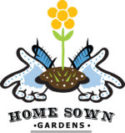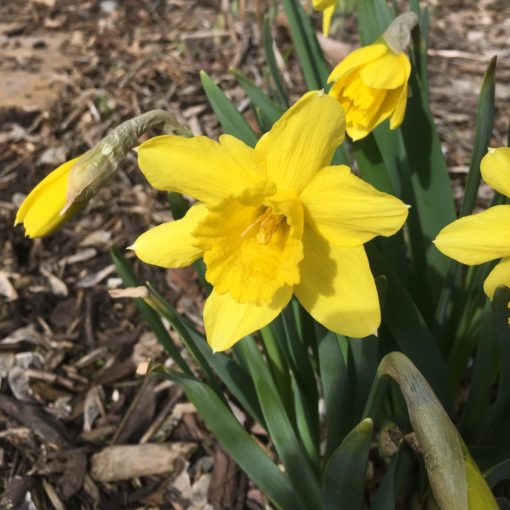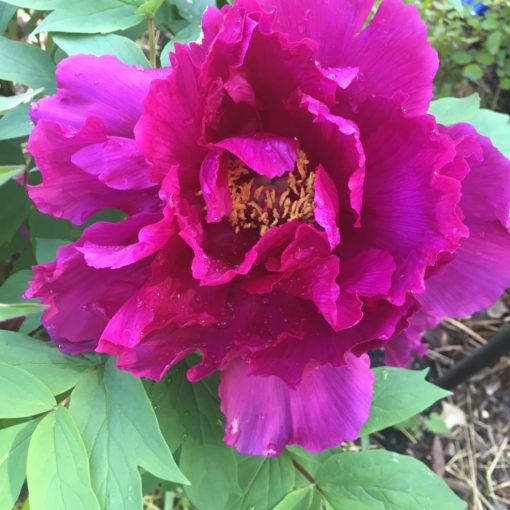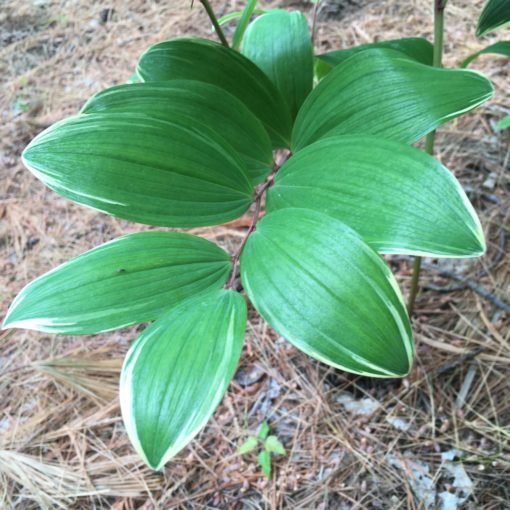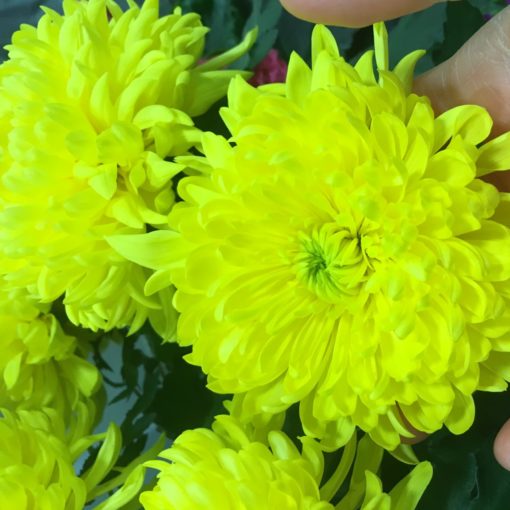
Ah, what's in a Zone? Would a rose, in any other zone, smell as sweet?
When it comes to gardening in the Twin Cities, which falls in zone 4b according to the United States Department of Agriculture, there's a lot of talk of how short our growing season is and how we make do with what we have here in the “Great White North”.
Did you know that growing zones have little to do with the length of the growing season and everything to do with the average coldest temperatures that are reached in winter?
The growing zone, or as the USDA titles them “Plant Hardiness Zone”, for the Twin Cities is currently indicated as 4b.
What does 4b mean?
To answer that, we need to consider some history. 30 years of history to be exact. According to the USDA website, hardiness zones are “based on the average annual extreme minimum temperature during a 30-year period in the past, not the lowest temperature that has ever occurred in the past or might occur in the future.” It is important to make a distinction between the average minimum temperatures and the actual minimum temperatures that can occur in our region.
Our lows in the Twin Cities average -25 to -20 degrees Fahrenheit according to the USDA, which gives us the growing zone or hardiness zone of 4b. The suffix b on our zone indicates that we are in the higher end of the temperature spectrum for our zone, with 4a having averages of -30 to -25 degrees. Yikes! The hardiness zones encompass the US and its territories along with Canada and measure, in 5 degree intervals, the average minimum temperature for each zone. The Zones tend to form horizontal bands stretching across the continent, with pockets and peninsulas caused by terrain and bodies of water that influence temperature averages.
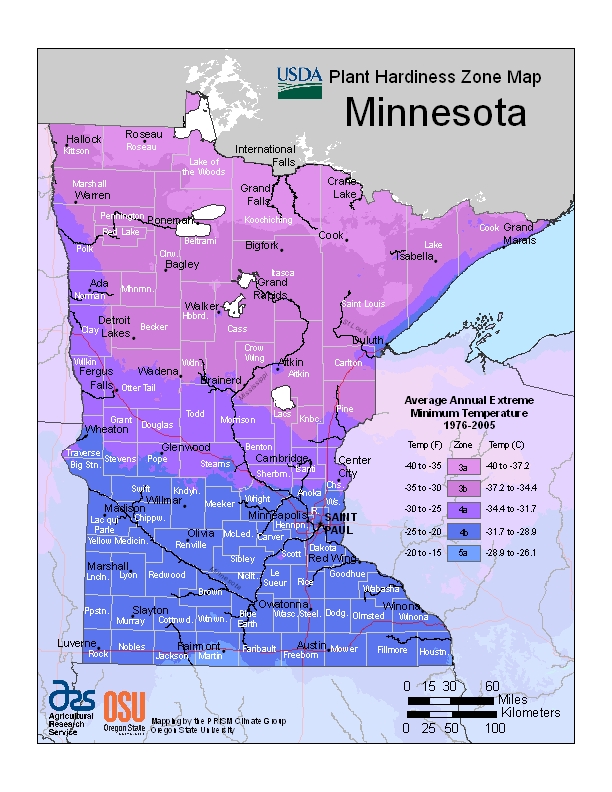

What does it mean for gardeners?
It means several things, including what constitutes an annual (versus a perennial) in our climate. Plants that are not hardy to our zone (or lower) will not survive the winter here and thus are considered annuals.
The Moss Rose Portulaca grandiflora pictured here is an annual in zone 4b, but a perennial in its native range in Central America.
Knowing your growing zone gives you insight into what plants need extra protection in winter. Some plants are considered “marginally hardy” here, for example, Butterfly Bush Buddleia davidii, which is hardy to zone 5a, require sheltered planting locations and winter protection to ensure they survive in our cold climate.
What doesn’t this mean?
The hardiness zone doesn't tell us important information about our growing conditions like the length of days, microclimates, soil makeup, wind exposure, and the water table. Plants with compatible hardiness to our zone will usually survive here, but there can be microclimate conditions that make individual plants susceptible to stress. Just like people, some are just not acclimatized to different conditions.

While hardiness zones can't help us reach 100% success rate with all our plant choices, they do help us filter down our selections when we get too excited with the plant catalogs!
